Tyler — Product Designer based in Oakland, CA
Fitbit's Discover Library
In Q3 2021 my team was tasked with improving Fitbit’s premium offering through Discover, Fitbit’s content library. I collaborated closely with my product manager, our content team, and the design systems team to improve the content viewing experience.
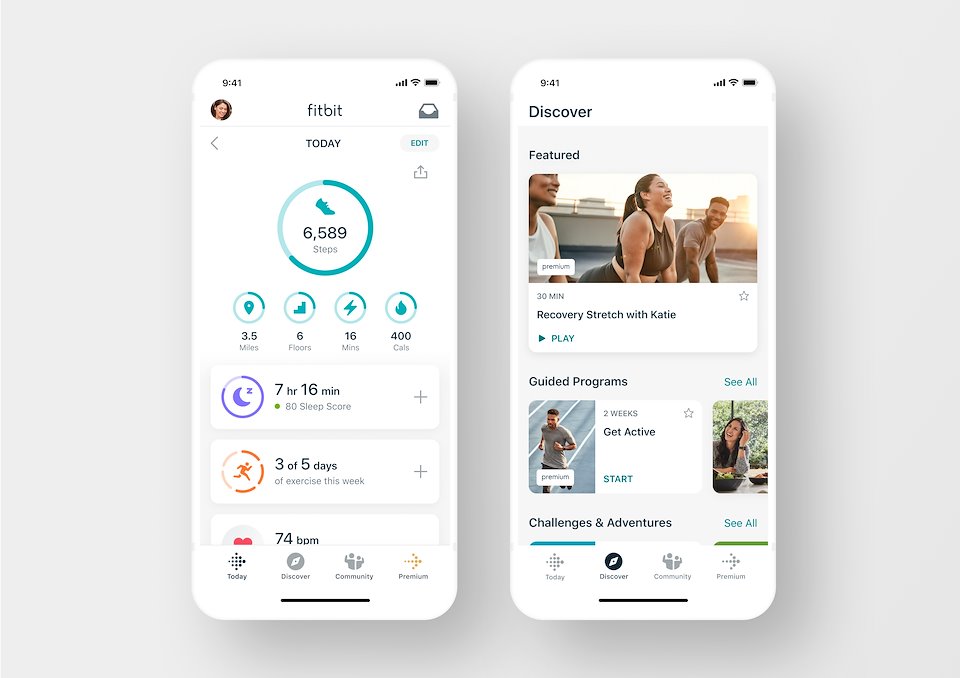

Towards the end of Q2 2020, my product partner Alex saw this engagement graph for Fitbit's Premium features. He quickly realized that features A, B, C, D, and E all lived inside Discover, Fitbit's content library.
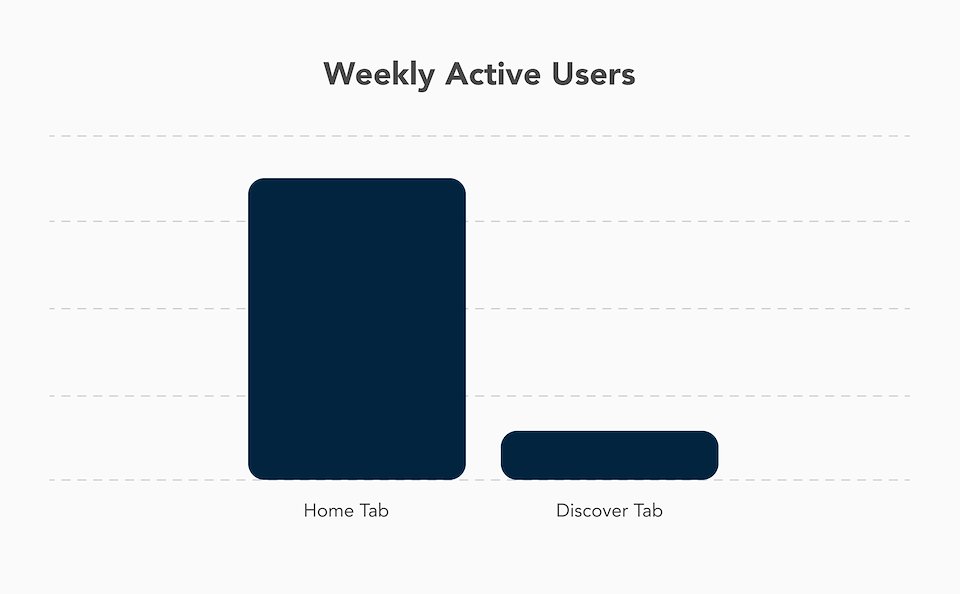
At the time, Fitbit's home screen saw ~17M users every week, while Discover only saw ~3M.
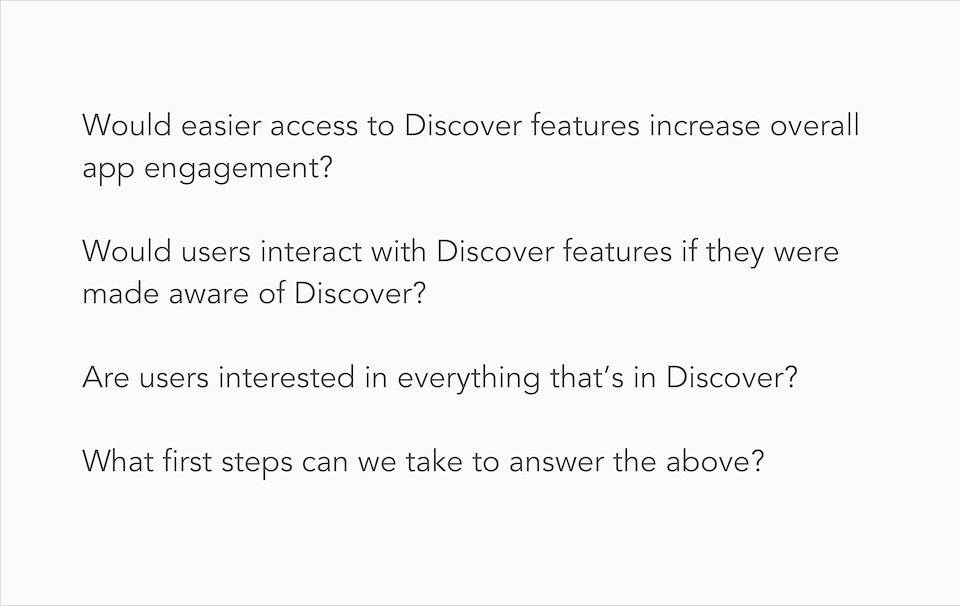
Together, Alex and I came up with these four questions and set out to answer them within the span of Q3.
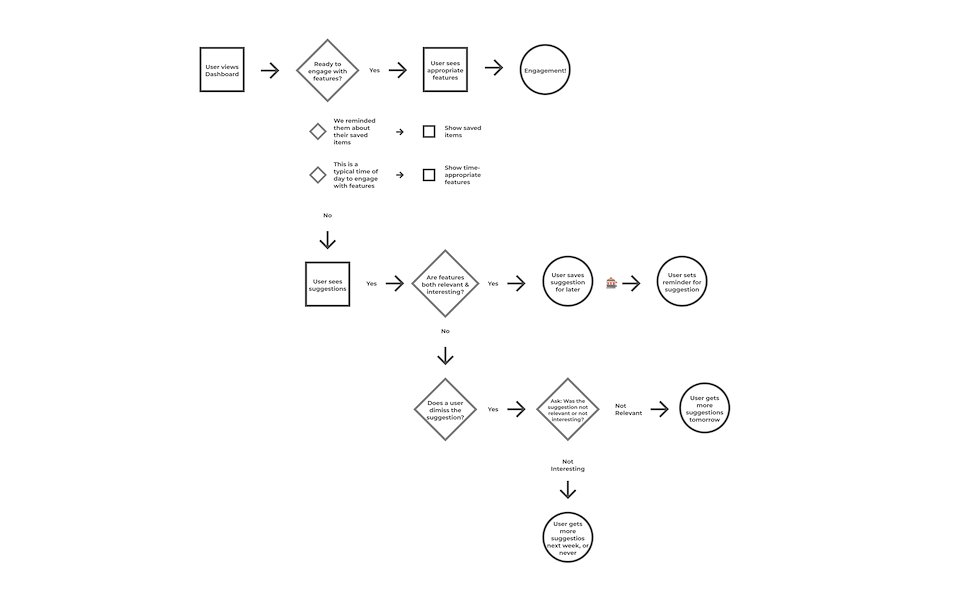
I started by creating this model of ideal content consumption with the home screen as the entry point. I used engagement research to draft this model then reviewed this with Fitbit's content team.
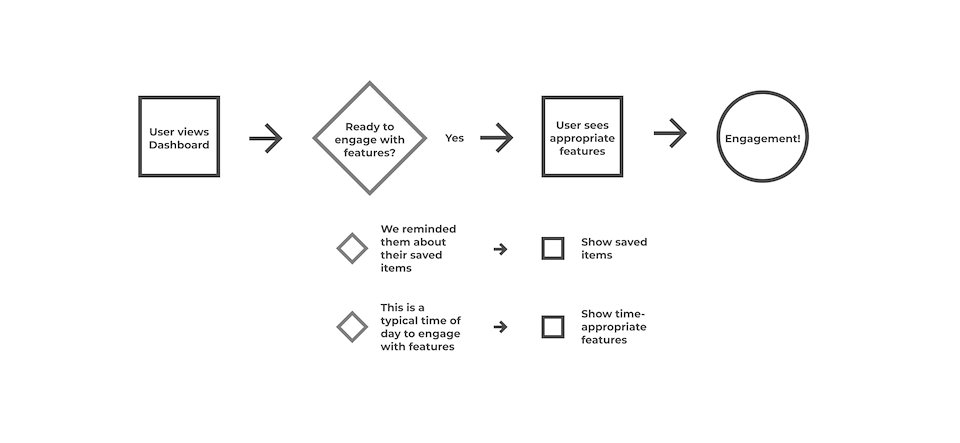
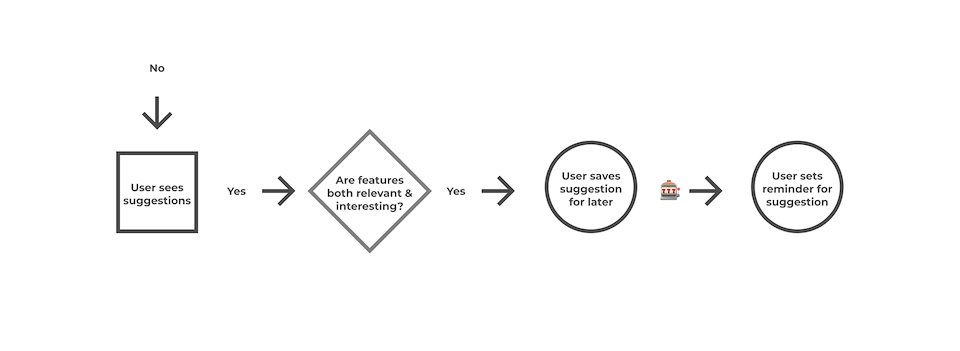
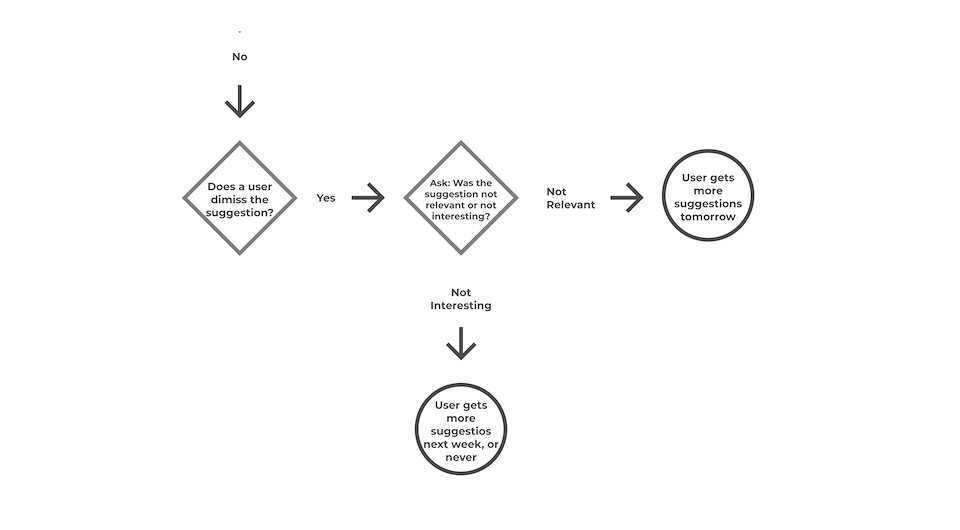
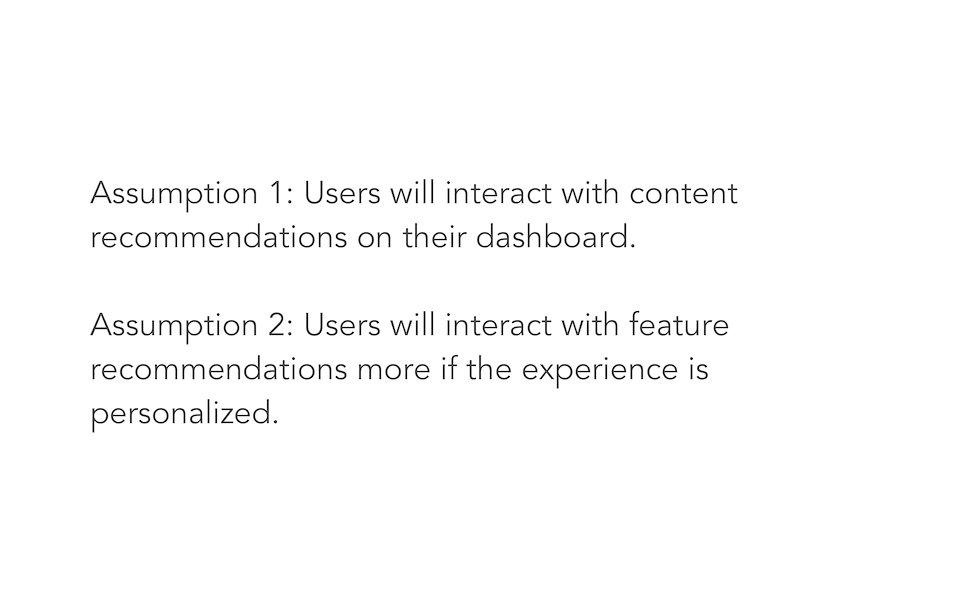
After confirming this model made sense with the content team, I realized I depended on these two major assumptions being true.
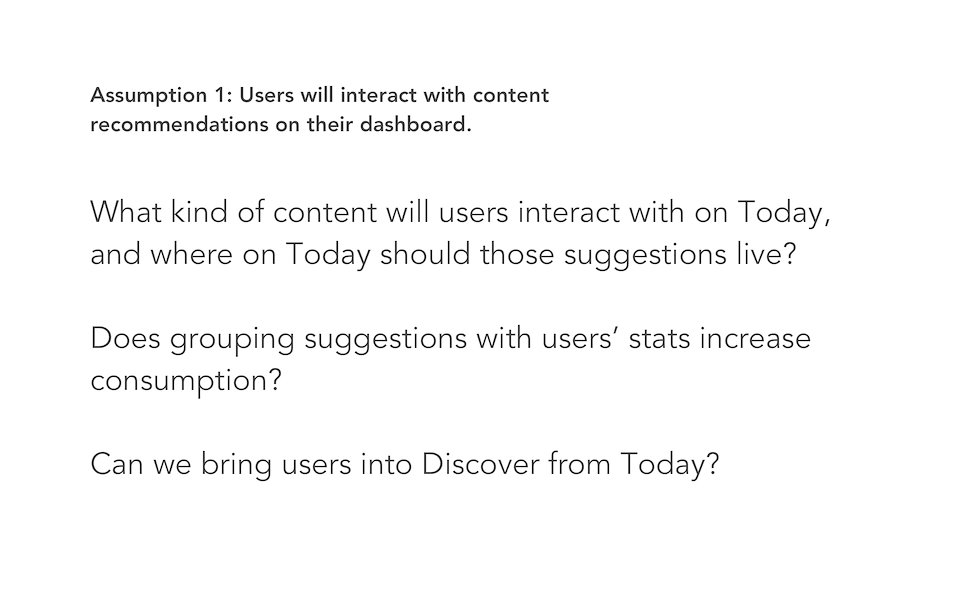
After confirming this model made sense with the content team, I realized I depended on two major assumptions being true.
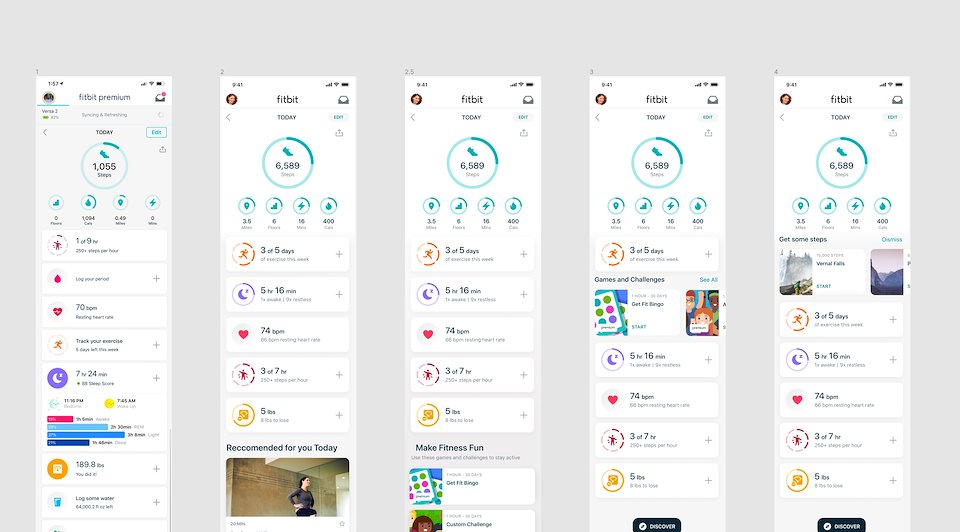
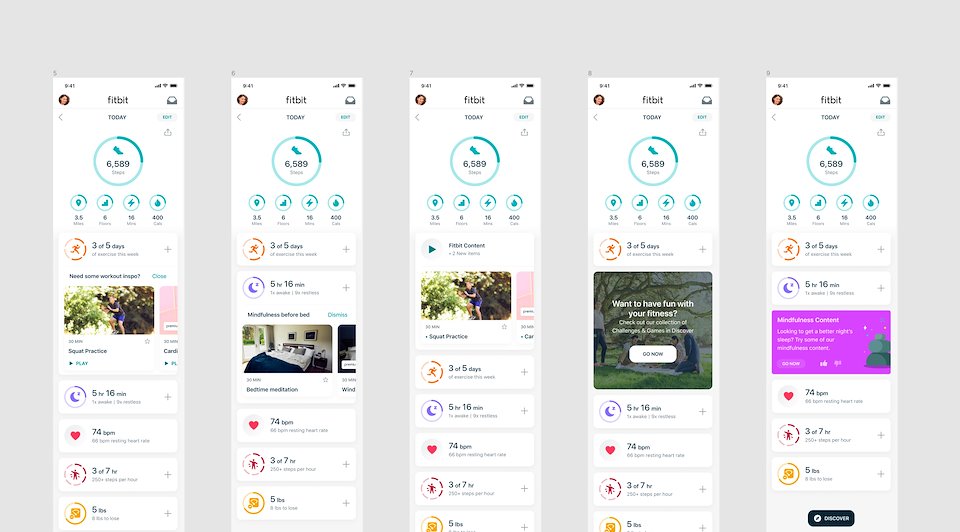
Since all of our experiments around added content to the home screen, we did a quick round of research called "research Wednesday" to get a gut check on how users would react to seeing content on their home screen. We showed users nine variations on this theme. The sample size was only five users, so we used the learning and feedback from this session to inform our more extensive tests.

(Experiment 3) We prioritized this experiment based on the best response to anything I've ever shown in a Research Wednesday. We took sleep, one of Fitbit's most popular features, and inserted relevant content in this test. Users would receive mindfulness recommendations a few hours before their bedtime. This test directly addressed our content model, with sleep being a reliable predictor of users' presence in the app.
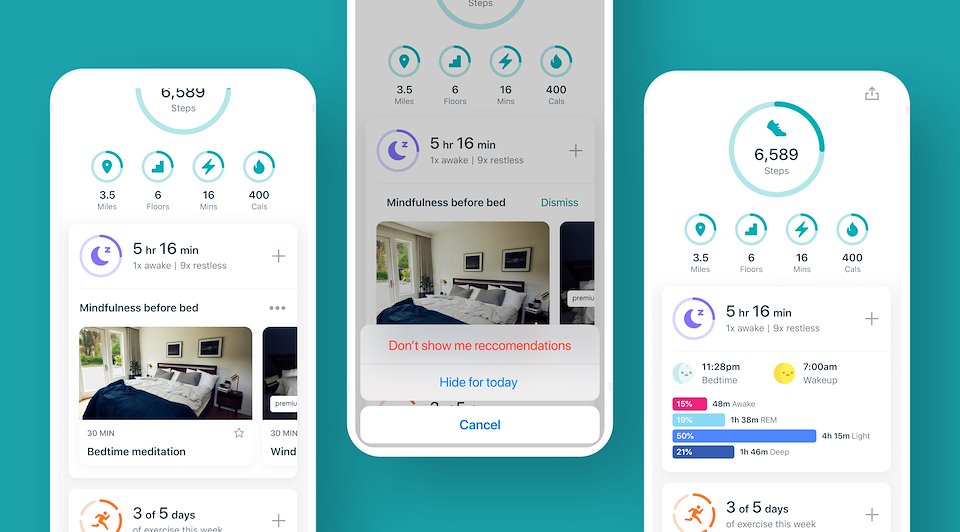
This was a direct test of my content consumption model and was very successful. We saw a ~200% increase in mindfulness content views and a 16% decrease in premium cancelations, a record for any premium-related experiment. This feature was scheduled for a full release in Q1 of 2021, but was paused due to the Google acquisition.
AbleTo Community Journal – Deep Dive Next
Fitbit – Sync Banner